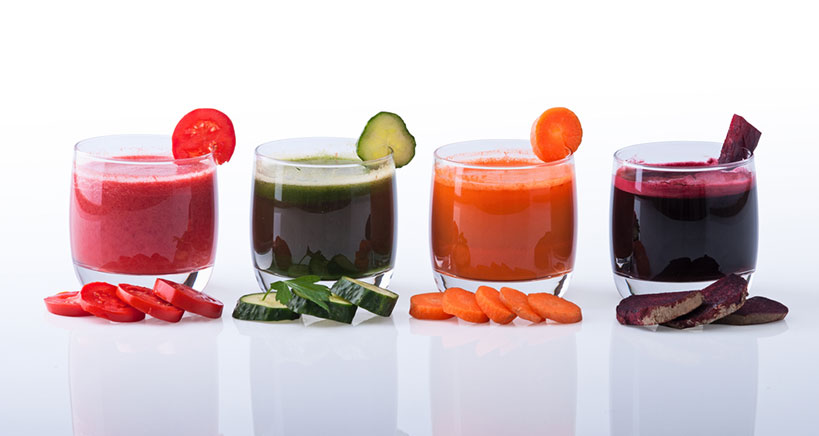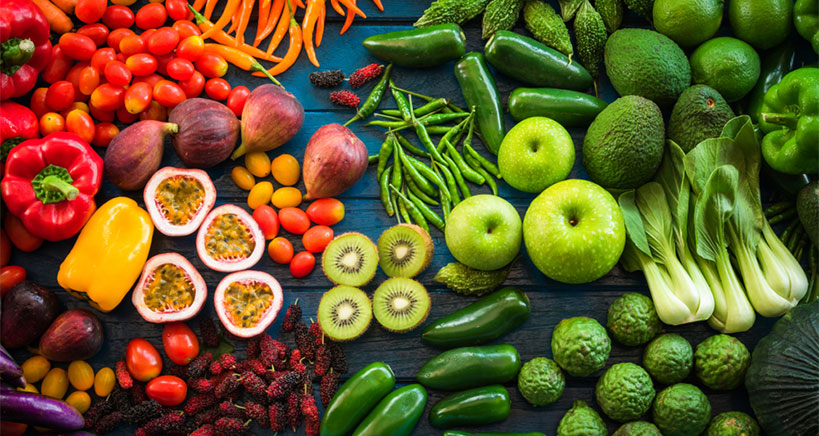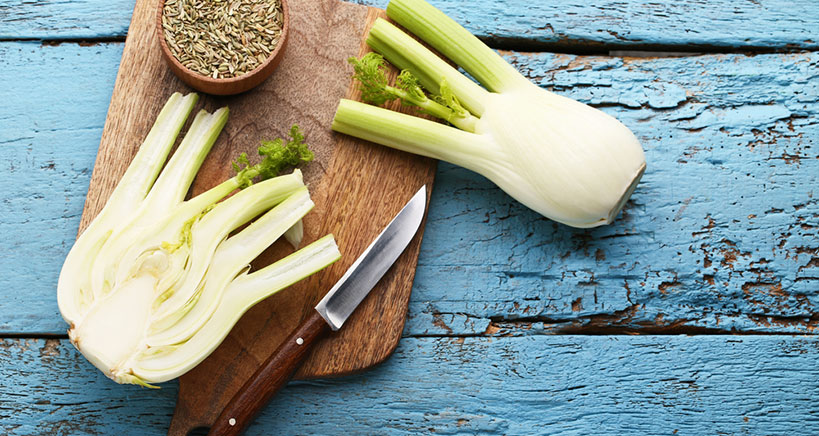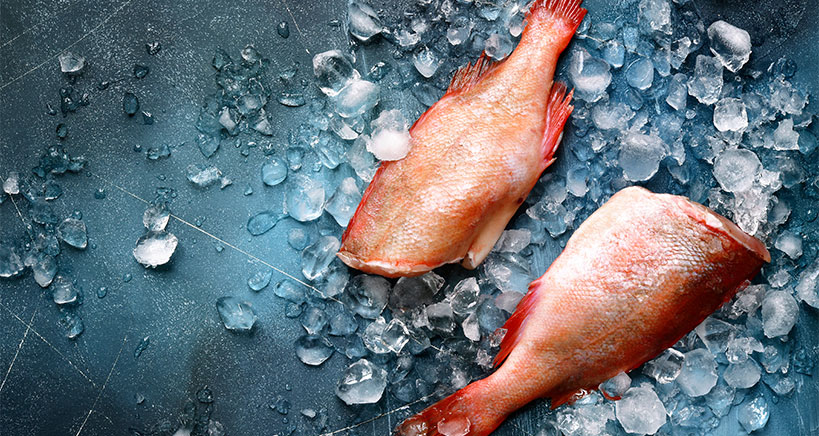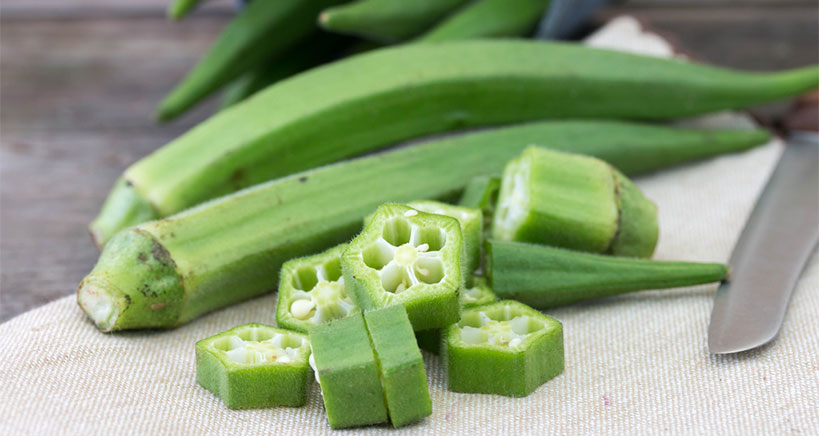
Wondering what’s new in restaurant design for 2020 and beyond? If you own any type of foodservice, your answer should be: A lot! Indeed, savvy restauranteurs, caterers, bar managers, and even pizzerias, coffee shops, and ice cream parlors know that in today’s competitive milieu, success in the food-and-beverage industry requires much more than “keeping up with the Joneses.”
The fact is that there are bigger fish to fry if you want to emerge ahead of the pack and entice customers to not only choose your eatery but to walk through your door. With takeout and home delivery on the rise, and with the explosion of digital apps that allow customers to pre-order online, pickup without waiting, and eat on-the-go, restaurants need to work harder than ever to attract in-house crowds.
For these reasons, alluring restaurant designs are more vital than ever before and in fact may be central to business success in the coming years. Fortunately, there are many time-proven and new strategies that can keep your restaurant on the map and keep your foodservice ‘biz in the game.
Dining Spaces Redesigned
It’s a new era in the world of eating out, and food and beverage providers are rising to the challenge with innovative redesigns. While some restaurants are downsizing their dining-in spaces and changing the focus to design details that enhance their customers’ experience, others are expanding outwards, upwards, and even downwards. Think al-fresco (outdoor) dining under the stars, all-night rooftop bars, and basements-turned-hipster-hangouts with large rooms for live music and dancing. In fact, industry reports indicate that restaurants adding outdoor seating can increase their revenue by up to 33%, while rooftop bars and restaurants are flourishing around the world. Not only are they changing the face of global skylines and providing breathtaking views of the cities below, but they have become a magnet for adventure-seeking consumers, international DJs, and the best chefs and bartenders.
Continue reading Restaurant Design for 2020 and Beyond: Creativity Takes the Cake
